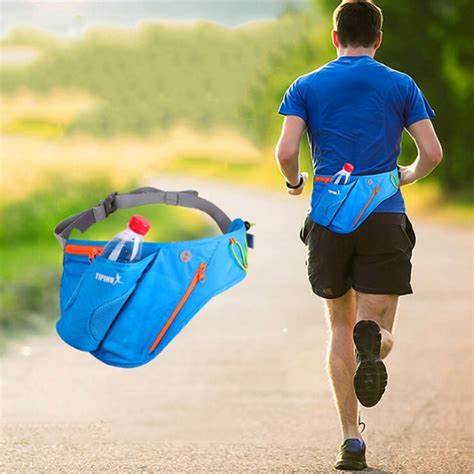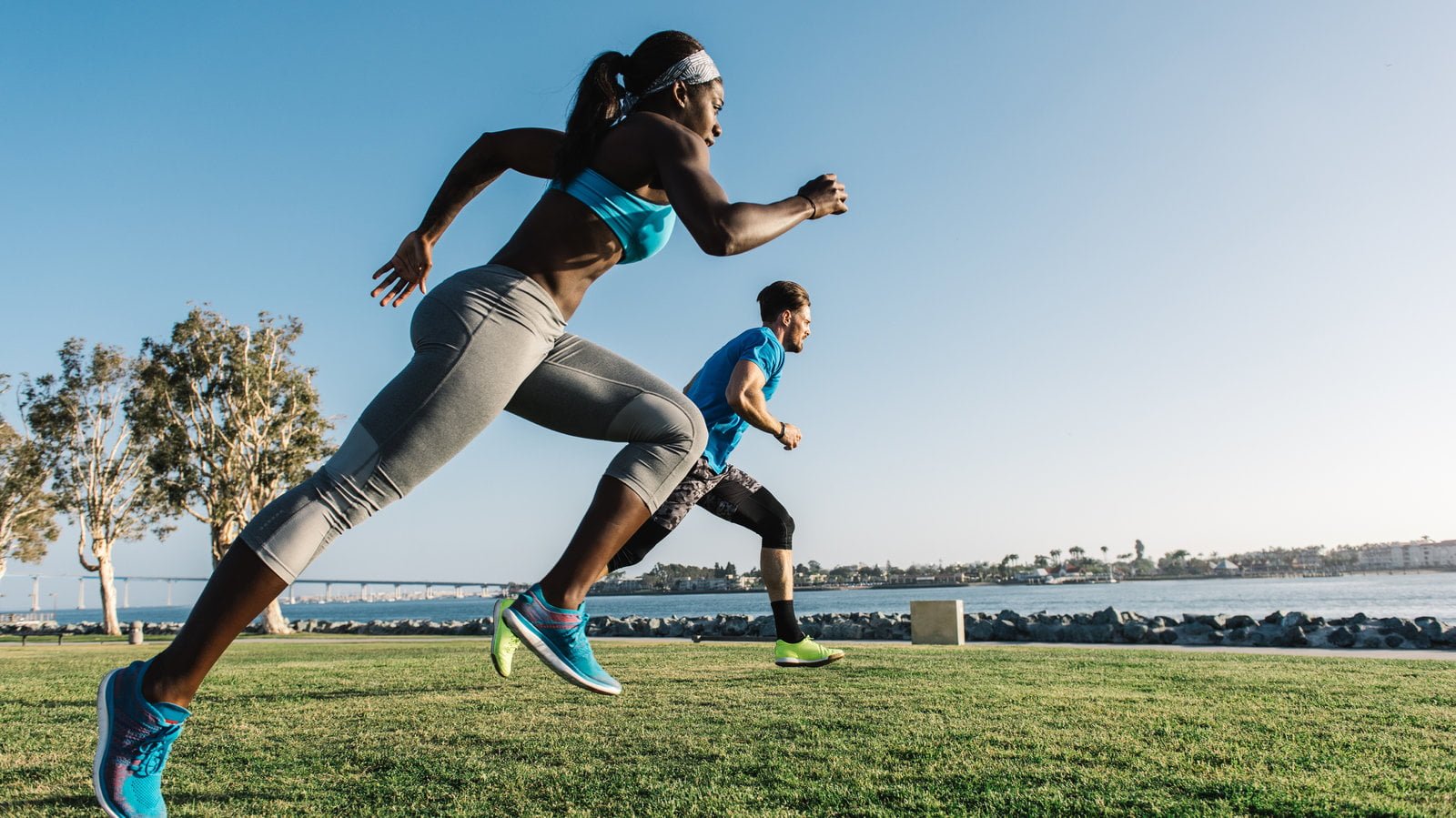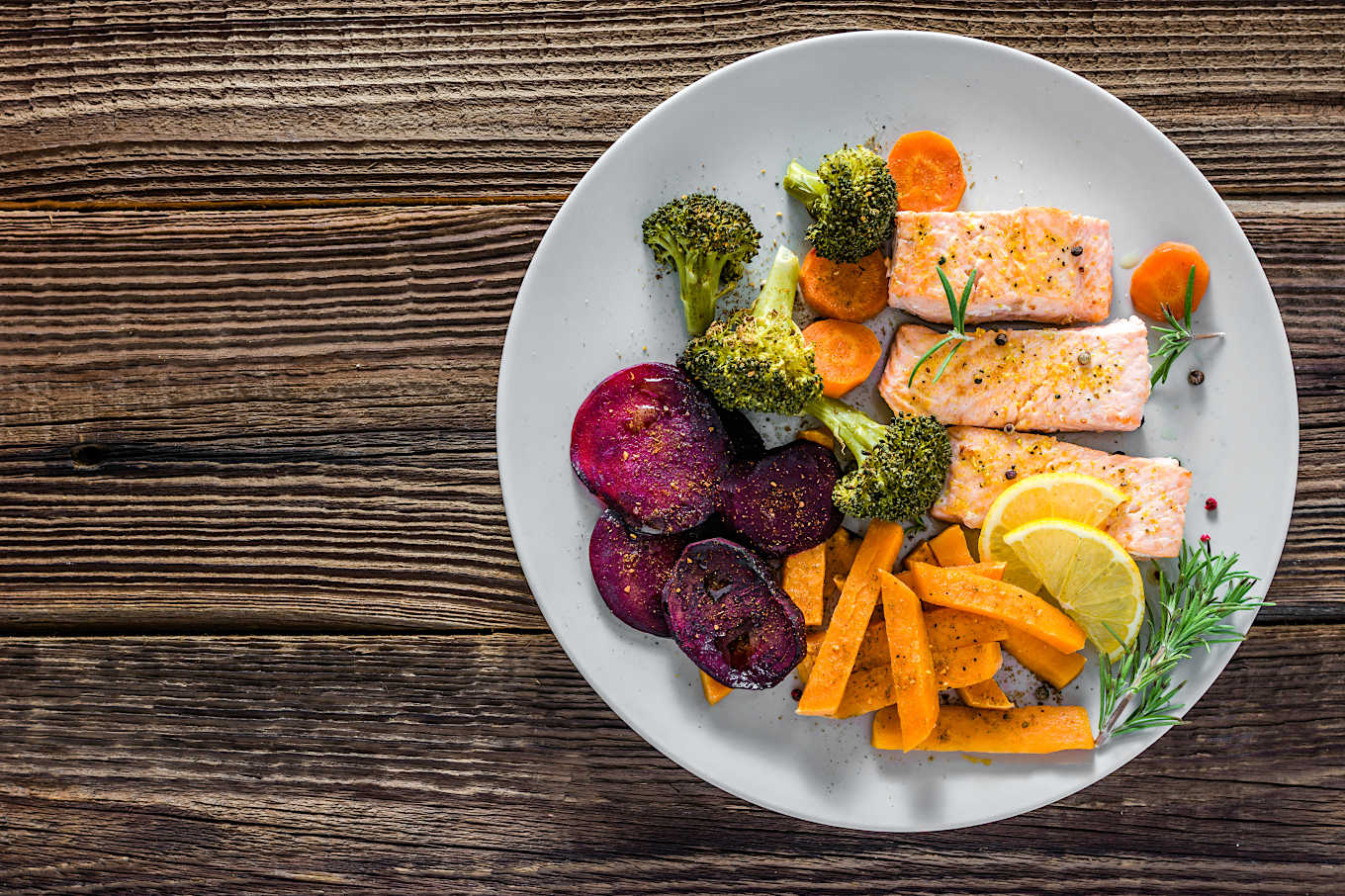The energizing world of the 5k holds immense value among enthusiasts that rejuvenates the lifestyle besides giving fitness inspiration of the highest order.
It allows new runners to explore the running world while providing a platform for seasoned athletes to develop their speed, endurance, and strategy.
You’ll discover that the 5K is more than simply a race as you set out on this life-changing trip.
The details provided here will benefit runners of all abilities, regardless of whether your goals are to finish strong, achieve a personal best, or enjoy the experience.
Lace on your running shoes and feel the soothing rhythm of your breath. Beyond its length, the 5K occupies a special place in the world of competition.
Grab this opportunity to advance in the journey of grit and self-development with the resolution to evolve into a better version of yourself through our complete guide.
Distance of 5K Run and Its Significance
A 5K race, also called a 5-kilometer race, is a road running competition that travels 5 kilometers. Roughly this 5K in miles comes up to 3.1. Due to its accessibility and adaptability, the 5K has become one of the most popular race lengths worldwide.
It provides a fantastic opportunity for people of all fitness levels to participate in competitive or leisurely running.
Average Run Time for the 5K Run
Based on age, degree of fitness, training, and course topography, the typical time to complete a 5K might vary greatly. A beginner could often need 30 to 40 minutes to finish a 5K, although more seasoned runners might do so in 20 to 25 minutes or even less.
Elite runners are capable of clocking in considerably under 20 minutes. It’s critical to keep in mind that the point of a 5K isn’t always to triumph but rather to push oneself and get better over time.
Complete Training Guide

- Assess Your Current Fitness Level: It’s essential to determine your current fitness level before you start exercising. This will enable you to modify your training program to suit your particular demands and prevent overtraining. Consider your past running experience, general health, and any injuries you may already have.
- Set Realistic Goals: Whether you’re trying to run your first 5K or break a personal record, it’s important to set reasonable goals. Goals provide a sense of success and motivation. Divide your objectives into weekly and long-term (race day) objectives.
- Focus on Consistency: In any training program, consistency is essential. To increase your speed and endurance, mix short, easy runs with longer runs and interval training. Increase your weekly miles gradually to prevent overtraining and accidents.
- Include cross-training: Incorporate exercises like swimming, cycling, or strength training to avoid burnout and improve overall fitness. These exercises strengthen various muscular groups while lowering the chance of overuse problems.
- Pay attention to your diet: A healthy diet will support your training and recovery. Eat a balanced diet of vitamins, minerals, healthy fats, and carbohydrates. For best results, hydration is also important.
- Recovery & Rest: Rest days are just as crucial as training days. They enable your body to strengthen, heal, and recover. If you are tired or in pain, pay attention to your body and don’t be afraid to take extra rest.
- Be Mindful of Your Form: Using proper form when jogging can increase efficiency and reduce the risk of injury. Maintaining a straight spine, calm shoulders, and a midfoot stroke are your major priorities.
Equipment You Will Need for the 5K Run

For a comfortable and easy journey of training for the 5K run, there are the following pieces of equipment that you should keep in handy.
| Running Shoes | Hydration Gear |
| Running Watch/ App | Moisture-Wicking Clothing |
- Running Shoes: A key component of your equipment list, good running shoes are essential to minimize pain and lower your chance of injury. Select footwear that is well-fitting, offers sufficient support, and is cushioned.
- Running Watch/ App: You may monitor your progress and establish objectives by tracking your distance, pace, and time using a running watch or smartphone app.
- Moisture-Wicking Clothing: Wear breathable, moisture-wicking gear during your run to be dry and comfortable. Pick breathable, lightweight shirts, shorts or leggings, and wicking socks.
- Hydration Gear: To stay hydrated while running, think about wearing a portable water bottle, hydration belt, or hydration backpack, depending on the conditions and your personal preferences.
- Running Socks: Invest in padded, moisture-wicking socks to reduce friction and stop blisters.
- Sunglasses and Hat: You can protect your eyes and face from the sun’s rays by wearing UV-protective sunglasses and a permeable hat.
Weekly Schedule to Ace the 5K Run
Your progress in your 5K run depends on having a well-organized weekly routine. It guarantees consistent training, balanced workouts, progressive improvement, and optimum recovery.
Your timetable serves as a tracking device, facilitates mental preparation, and adjusts to the changing demands of daily life. It serves as a road map for success and improves your physical and mental performance to help you finish the 5K in miles as a 3.1 event.
1. Beginner Phase: Building a Solid Foundation

- Weeks 1-2: Three to four days a week of walk/jog intervals. Alternate between 30 seconds of jogging and one minute of walking. Repeat this four to five times in intervals. Reduce the amount of walking and gradually increase the amount of running.
- Increasing Jogging Intervals in Weeks 3–4 (3–4 Days Per Week). Jog for two minutes, followed by one minute of recovery walking. Do it every session for 6 to 8 intervals. Jogging should be done at a conversational speed.
- Two days a week of rest and cross-training. Engage in low-impact sports like swimming and cycling. Take time off on the remaining days to rest.
2. Intermediate Phase: Progressing to Continuous Running

- Weeks 5-6: Constant Running with 4 Days of Walking Breaks. Aim to run for 10 to 15 minutes without stopping, followed by a one-minute break. Continue doing this until you feel comfortable increasing your running time and fewer intervals.
- Week 7-8: Four days a week of running longer distances. Every week, lengthen the running time by five minutes. Verify that you are moving at a comfortable rate and in good form.
- Two days a week for interval training and cross-training. To maintain general fitness at this point, you must combine interval training and keep up your cross-training.
3. Advanced Phase: Speed and Endurance Enhancement

- Tempo & Interval Runs (4–5 days per week) in weeks 9-10. Practice tempo moves at a rapid yet manageable tempo. Make sure to include faster-paced intervals. Spend some time recovering in between intervals.
- Weeks 11 and 12, long runs and hill training (4 to 5 days per week). Include hill training to strengthen your legs, then gradually extend your lengthy runs.
- Training in Strength and Recuperation (2 times per week). Strength training aids in the improvement of the upper, lower, and leg muscles. Practice stretching and foam rolling.
4. Race Preparation and Peak Performance

- Cutting Period for Weeks 13-14 (3-4 Days Per Week). Reduce training by 20% to 30% to rest and recover. When running shorter distances, be sure to maintain intensity.
- Race Simulation (2 days per week) in Week 15. Run at intervals of your race-pace effort. Focus on running comfortably for the first half and push your pace in the second half.
- Week 16 Race Week (two to three light-duty running days): Run for a shorter distance to prepare your body for race day. Refuel with a balanced post-simulation meal/snack and rehydrate.
Nutrition Guide for 5k Run

During your 5K run training, providing your body with the correct nutrition is crucial for optimum performance and recovery.
1. Pre-Run Nutrition
- You can choose to have oatmeal, nut butter, and sliced banana or berries as toppings.
- Greek Yoghurt or a small piece of fruit is also an ideal meal to go with it.
- A mixture of dried fruit like raisins and apricots and nuts such as walnuts and almonds.
2. Hydration
Make sure you are taking enough water throughout the day.
- The best and easiest approach to staying hydrated is to drink plain water. Try to stay hydrated all day long rather than just before the run.
- Coconut water is a natural source of electrolytes and can help maintain hydration levels.
- Avoid hydrating foods like watermelon, cucumbers, oranges, and grapes. These foods can highly contribute to your fluid intake.
3. Post-Run Nutrition
- Smoothie: take a blender and add protein powder, sliced bananas, almond milk, and chia seeds or flax seeds. Blend it properly, and your smoothie is ready.
- Balanced Meal: have a healthy and balanced meal consisting of grilled tofu, brown rice, and steamed vegetables.
- For daily meals, ensure you have food at the right time, like breakfast, lunch, evening snacks, and dinner.
4. Additional Tips
- Go for unprocessed and whole food for ultimate nutrition
- Don’t forget to incorporate lean proteins to help muscle repair and recovery.
- Avoid having greasy or heavy meals.
- Get an adequate amount of vitamins and minerals, including colorful fruits and vegetables, in your diet.
Pay attention to your body and modify how you feel during your workout because everyone has different nutritional demands. Consult a trained dietitian or nutritionist for tailored advice on making your meal plan for your 5K run as effective as possible.
Conclusion
Starting a 5K training adventure demands commitment, tenacity, and a systematic strategy. The 5K is not merely a distance in the running world; it is an accomplishment.
So, stand tall, breathe deeply, and run with intention, whether taking the starting line for the first time or aiming for a new personal best. By following this in-depth training manual, you’ll be given everything you need to master the 5k in miles to run.
The secret to success rests in consistency, incremental improvement, and a holistic strategy that considers both the physical and mental aspects of running.
Remember that every step you take will bring you closer to accomplishing your goals. It is time to lace up your running shoes and go on the route of 5K training!
Frequently Asked Questions
Can I Use Other Workouts in My Training Regimen Besides Running?
Yes, other forms of exercise called cross-training, like swimming, cycling, and strength training, can support your running regimen. These exercises strengthen supporting muscles, lower the likelihood of overuse problems, and enhance general fitness.
How Crucial is Recovery and Rest During the 5k Training?
To prevent injuries and burnout, rest and recovery days are crucial. Your body needs time to recover from the stress of training and adjust. Give sleep a priority, include foam rolling and stretching, and consider engaging in active recovery activities like yoga or easy walks.
How Can Interval Training Benefit My 5k Preparation?
High-intensity running and rest periods are alternated during interval training. It improves your cardiovascular fitness, accelerates your speed, and makes it easier to keep up with pace fluctuations as the race progresses.




